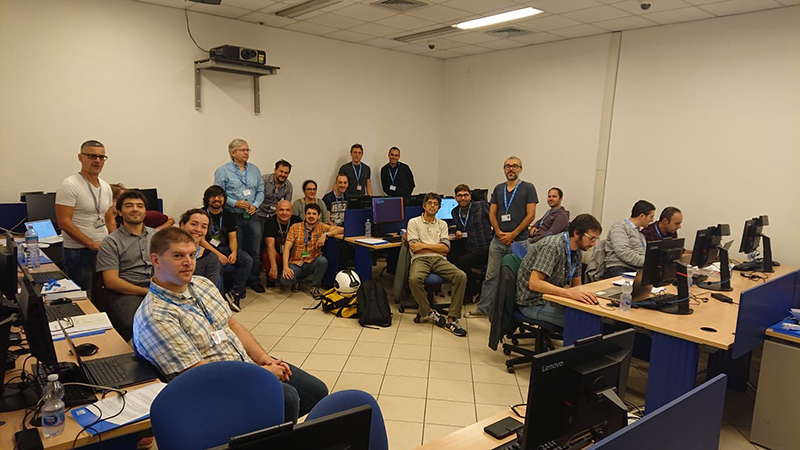Image 1: Simulation of seismic waves propagation. (From: https://geodynamics.org/cig/software/specfem3d/)
SPECFEM3D is well-known code in the seismology community. It is a code that simulates 3D seismic wave propagation in any region of the Earth based on the spectral-element method. In fact, it was one of the first seismological simulation codes capable of processing 3D models on parallel computers. It can handle a multitude of topographies and numerical models (elastic, viscoelastic, acoustic, poroelastic, anisotropic, etc.). It was initially used to simulate the peak ground motion taking into account whole 3D geological complexity such as topography, basins and internal discontinuities. This allows the production of precise shaking intensity maps that play an important role in seismic hazard management. SPECFEM3D is also used in inverse problem workflow for subsurface imaging at different scales from global earth to seismic exploration. It is increasingly used in others areas such as volcanology and also at smaller scales in non-destructive testing and ultrasound medical imaging.
As part of the CHEESE project, SPECFEM3D has been selected for two Pilot Demonstrators: Pilot Demonstrator 1: “Urgent Seismic Simulations” and Pilot Demonstrator 9: “Seismic tomography”.
As a partner of the project, BULL/ATOS is working on SPECFEM3D’s software optimization. Through the optimization work of BULL/ATOS, SPECFEM3D can now take advantage of modern x86 SIMD (Single Instruction Multiple data) instructions sets such as AVX2 or AVX512. These optimizations allow higher processing rates by allowing each core to handle multiple computations simultaneously. This has already allowed the code to obtain a speedup of 2x on one of CHEESE test cases on ATOS’ BullSequana machine equipped with Intel processor Skylake 6148, thus enabling a faster execution of the Pilot Demonstrators.
The speed-up achieved will allow us to provide near-real-time maps of ground motion and shaking intensity following significant earthquakes. These maps could be used by different organizations, for post-earthquake response and recovery, public and scientific information.
For the seismic tomography Pilot Demonstrator the speed-up of the simulation part of the workflow is a major advance. It will allow to use more data at higher frequencies in order and then produce higher resolution subsurface images.
SPECFEM3D was developed in the early 2000s through a collaboration between Jeroen Tromp from Princeton University and Dimitri Komatitsch from the French National Center for Scientific Research (CNRS). Sadlly, Dimitri passed away in January 2019. He will be deeply missed by all those whose lives he touched, and his legacy will live on in this project that has inspired us all.
Further reading:
Introduction to the spectral element method for three-dimensional seismic wave propagation. Dimitri Komatitsch, Jeroen Tromp. Geophysical Journal International, Volume 139, Issue 3, December 1999, Pages 806–822, https://doi.org/10.1046/j.1365-246x.1999.00967.x



